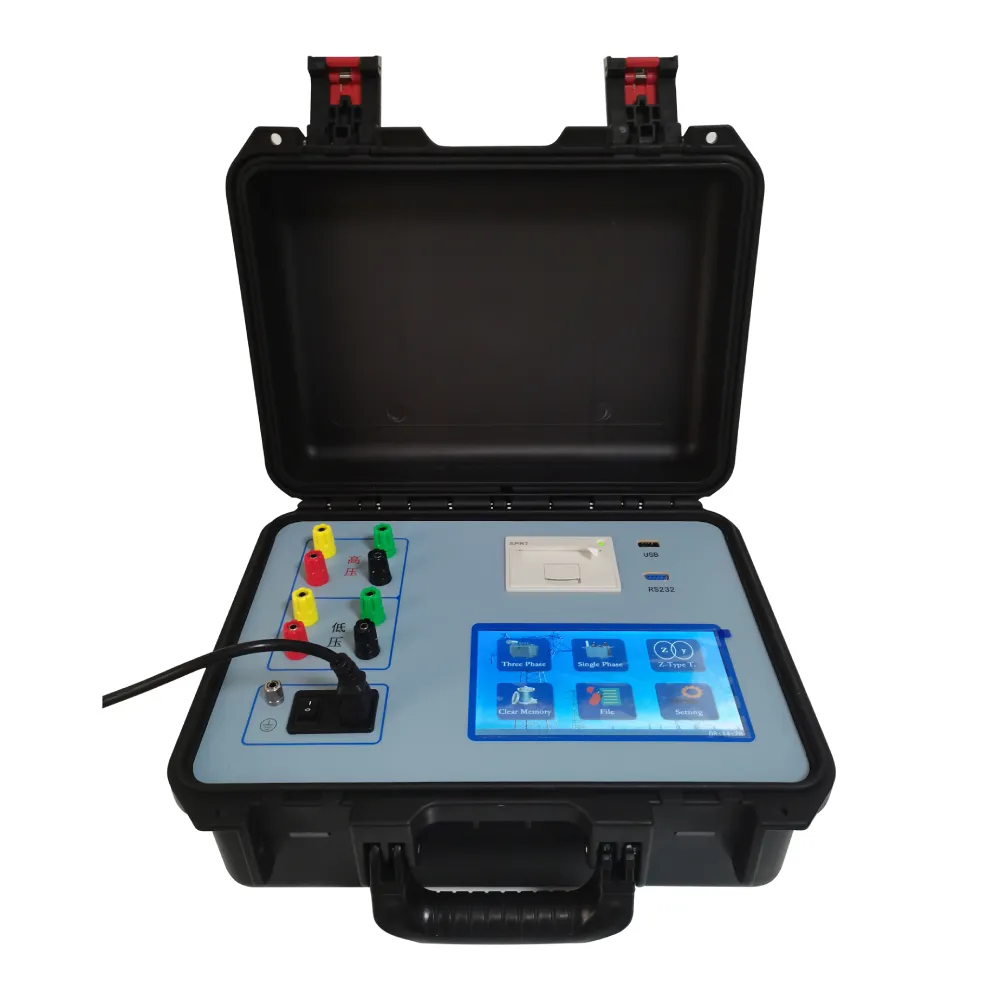 English
English



-
 Afrikaans
Afrikaans -
 Albanian
Albanian -
 Amharic
Amharic -
 Arabic
Arabic -
 Armenian
Armenian -
 Azerbaijani
Azerbaijani -
 Basque
Basque -
 Belarusian
Belarusian -
 Bengali
Bengali -
 Bosnian
Bosnian -
 Bulgarian
Bulgarian -
 Catalan
Catalan -
 Cebuano
Cebuano -
 China
China -
 China (Taiwan)
China (Taiwan) -
 Corsican
Corsican -
 Croatian
Croatian -
 Czech
Czech -
 Danish
Danish -
 Dutch
Dutch -
 English
English -
 Esperanto
Esperanto -
 Estonian
Estonian -
 Finnish
Finnish -
 French
French -
 Frisian
Frisian -
 Galician
Galician -
 Georgian
Georgian -
 German
German -
 Greek
Greek -
 Gujarati
Gujarati -
 Haitian Creole
Haitian Creole -
 hausa
hausa -
 hawaiian
hawaiian -
 Hebrew
Hebrew -
 Hindi
Hindi -
 Miao
Miao -
 Hungarian
Hungarian -
 Icelandic
Icelandic -
 igbo
igbo -
 Indonesian
Indonesian -
 irish
irish -
 Italian
Italian -
 Japanese
Japanese -
 Javanese
Javanese -
 Kannada
Kannada -
 kazakh
kazakh -
 Khmer
Khmer -
 Rwandese
Rwandese -
 Korean
Korean -
 Kurdish
Kurdish -
 Kyrgyz
Kyrgyz -
 Lao
Lao -
 Latin
Latin -
 Latvian
Latvian -
 Lithuanian
Lithuanian -
 Luxembourgish
Luxembourgish -
 Macedonian
Macedonian -
 Malgashi
Malgashi -
 Malay
Malay -
 Malayalam
Malayalam -
 Maltese
Maltese -
 Maori
Maori -
 Marathi
Marathi -
 Mongolian
Mongolian -
 Myanmar
Myanmar -
 Nepali
Nepali -
 Norwegian
Norwegian -
 Norwegian
Norwegian -
 Occitan
Occitan -
 Pashto
Pashto -
 Persian
Persian -
 Polish
Polish -
 Portuguese
Portuguese -
 Punjabi
Punjabi -
 Romanian
Romanian -
 Russian
Russian -
 Samoan
Samoan -
 Scottish Gaelic
Scottish Gaelic -
 Serbian
Serbian -
 Sesotho
Sesotho -
 Shona
Shona -
 Sindhi
Sindhi -
 Sinhala
Sinhala -
 Slovak
Slovak -
 Slovenian
Slovenian -
 Somali
Somali -
 Spanish
Spanish -
 Sundanese
Sundanese -
 Swahili
Swahili -
 Swedish
Swedish -
 Tagalog
Tagalog -
 Tajik
Tajik -
 Tamil
Tamil -
 Tatar
Tatar -
 Telugu
Telugu -
 Thai
Thai -
 Turkish
Turkish -
 Turkmen
Turkmen -
 Ukrainian
Ukrainian -
 Urdu
Urdu -
 Uighur
Uighur -
 Uzbek
Uzbek -
 Vietnamese
Vietnamese -
 Welsh
Welsh -
 Bantu
Bantu -
 Yiddish
Yiddish -
 Yoruba
Yoruba -
 Zulu
Zulu
Reactive Power Management through Transformer Tap Changing Strategies for Enhanced Grid Stability
Reactive Power Control Using Tap Changing Transformers
Reactive power control is a crucial aspect of maintaining the stability and efficiency of electrical power systems. It is especially important in systems where the generation and consumption of reactive power can lead to voltage variations, power losses, and even equipment failures. One efficient method of regulating reactive power is through the use of tap changing transformers. This article explores the principles of reactive power control using tap changing transformers, highlighting their significance, operational mechanisms, and advantages.
Understanding Reactive Power
Reactive power (measured in VARs or Volt-Amperes Reactive) is the power that oscillates between the source and the load in an electrical system. Unlike active power (measured in watts), which performs useful work, reactive power is critical for maintaining voltage levels necessary for energy transmission and ensuring that electrical equipment functions properly. In many power systems, the demand for reactive power can vary greatly throughout the day due to changes in load conditions, which brings about the need for effective control mechanisms.
Tap Changing Transformers An Overview
Tap changing transformers play a vital role in managing the voltage levels in power systems. They are equipped with multiple tapping points on their windings, allowing operators to adjust the turns ratio of the transformer and, consequently, the voltage output. The ability to change the voltage ratio helps in regulating reactive power flow, improving the overall power factor, and stabilizing the system under varying load conditions.
Mechanisms of Reactive Power Control
The operation of tap changing transformers for reactive power control can be conducted in two main modes on-load tap changing (OLTC) and no-load tap changing.
1. On-Load Tap Changing (OLTC) This system allows the adjustment of the transformer's taps without interrupting the power supply. It is capable of making real-time adjustments based on the voltage levels observed at the transformer terminals. By continuously monitoring the system voltage, the OLTC can either increase or decrease the voltage by selecting the appropriate tap position, thus regulating the reactive power flow in the process.
reactive power control using tap changing transformer

2. No-Load Tap Changing In contrast, this method requires the transformer to be de-energized before tapping adjustments can be made. Although it is less flexible compared to OLTC, it is often simpler and more cost-effective for applications where rapid voltage changes are less critical.
Advantages of Tap Changing Transformers in Reactive Power Control
There are several advantages to using tap changing transformers for reactive power control, including
- Voltage Regulation Tap changing transformers help in maintaining desired voltage levels across the system, contributing to improved performance of electrical equipment and reducing wear and tear.
- Economic Efficiency By optimizing reactive power flow, these transformers can minimize loss and improve the overall efficiency of the power system, resulting in cost savings.
- Enhanced Stability Proper reactive power management can help stabilize the grid, reducing the likelihood of voltage collapses and enhancing the reliability of power supply.
- Flexibility The adjustable nature of tap changing transformers allows for tailored voltage levels according to the specific requirements of different locations within the power system.
Conclusion
In summary, reactive power control using tap changing transformers is a vital tool for modern electrical power systems. Their ability to regulate voltage and manage reactive power flow enhances system stability, improves the efficiency of energy transmission, and ensures the reliability of power delivery. As power systems continue to evolve with increasing demands and renewable energy integration, the role of tap changing transformers will remain essential for maintaining optimal performance and operational resilience.
-
Using Distillation Range Testers in the Food and Beverage IndustryNewsApr.16,2025
-
The Impact of IoT on Distillation Range Tester PerformanceNewsApr.16,2025
-
The Best Distillation Range Testers for Extreme ConditionsNewsApr.16,2025
-
How Distillation Range Testers Save Time and MoneyNewsApr.16,2025
-
Distillation Devices for Advanced Separation TechniquesNewsApr.16,2025
-
Common Mistakes to Avoid When Using a Distillation Range TesterNewsApr.16,2025



